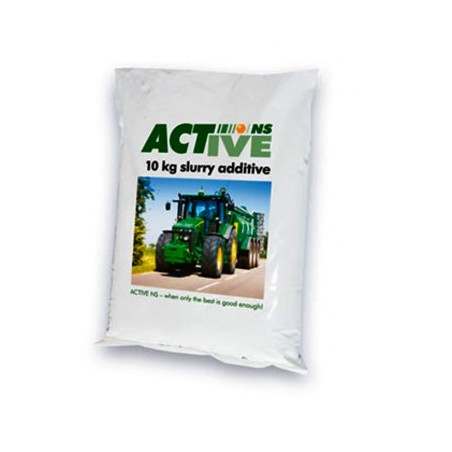In the Midwestern section of the United States, soil types and cropping systems are such that the full nutrient potential of manure can be utilized and thus efforts are made to preserve the nutrient quality of this manure by minimizing atmospheric emissions of ammonia. Typical swine housing systems will provide below floor manure storage for up to one year. Traditionally, a 2.4-m “deep-pit” is provided, with this manure injected into cropland after fall harvest, although in many cases an additional land application phase is conducted in early spring before planting. Most new swine finishing barns are being constructed simply for the nutrient quality of the manure, transforming historically crop-only producers into swine producers in integrated production systems.
In recent years, the issue of excessive manure “foaming” has arisen and efforts are underway to address this phenomenon. Foaming issues in swine manure is not a recent issue. Sporadic and infrequent reports of foaming manure have existed for many years with in-house long-term manure storage systems. The unusual aspect of foaming manure today is the significant increase in foaming events. The increase in manure foaming issues began in roughly 2008. Follow-up surveys to Midwestern producers indicate that since 2008, a consistent 25% of manure pits have or are currently experiencing persistent foam.

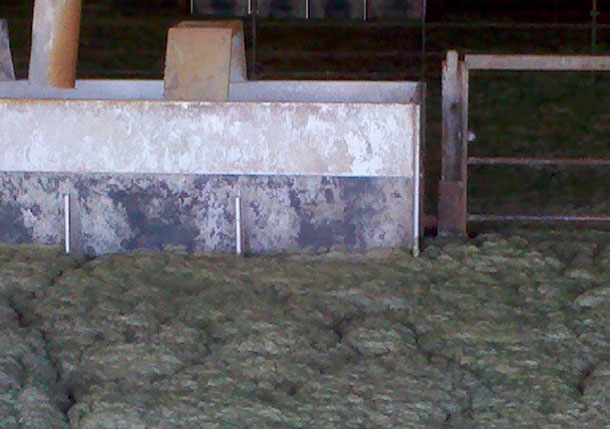
Figure 1. Foam in the animal occupied zone of a deep-pit swine finisher.
Courtesy of Dr. Larry Jacobson and Dr. Chuck Clanton, University of Minnesota
Three key simultaneous factors are needed for foam to occur and remain. First, a gas source is needed and the anaerobically digested manure provides this input with the gasses-of-concern being hydrogen sulfide and methane. Second, a surfactant is needed that allows the manure surface to elasticize, allowing a bubble to form. Finally, a support structure of some type, like small fibers or manure solids in general, is needed to keep a foam bubble intact and stable. If any one of these three key factors is disrupted, a bubble will not persist in a stabilized state. Methane, in very small quantities, is a naturally occurring off-gas from anaerobically stored manure. However, when trapped in a contained bubble, methane will build to levels as high as 70%, far above the 5-15% explosive concentration. If these bubbles are agitated and rupture, thereby causing a rapid release of methane, fires, and explosions can occur provided an ignition source is present. Heater pilot lights, power washers, and welding activity are some of the common ignition sources reported.
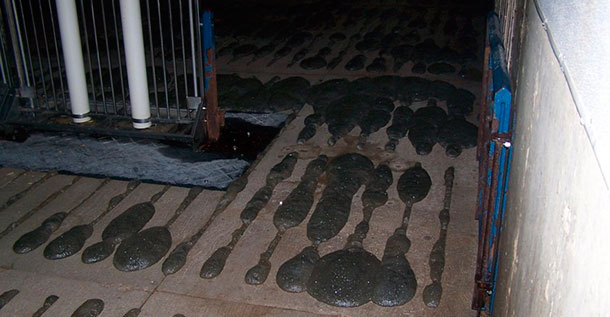
Figure 2. Foam creeping up through slatted flooring.
Courtesy of Dr. Larry Jacobson and Dr. Chuck Clanton, University of Minnesota
The Iowa Pork Producers Association has funded a multi-state, multi-disciplinary research project to investigate the mechanisms of, and mitigation strategies for, foaming in swine housing systems. Engineers, chemists, microbiologists and swine nutritionists from Iowa State University, University of Minnesota, University of Illinois at Urbana-Champaign and the U.S. Department of Agriculture are currently investigating the mechanisms causing foaming and to develop sustainable mitigation strategies. This research is contracted for three years, with one year of effort remaining. Thousands of manure samples from foaming and non-foaming manures have been collected and analyzed for differences in physical, chemical, and microbiological properties. Tools have been developed to assess the propensity for swine manure to foam and to remain stable. Results to date indicate significantly higher carbon in foaming manure and this is hypothesized to provide the feedstock for excessive methanogen activity. There is a shift in the microbial community, there are higher rates of methane production, and the foam itself is enriched in proteins and fine particles which provide stability to the foam.The microbial community in swine manure associated with foam formation is thought to process carbon inputs, especially fiber and oil, more efficiently. This results in higher methane rates and causes a greater methane flux through the manure that displaces biological polymers and proteins from the manure to the surface, providing the foam-stabilizing agent needed to sustain a bubble. Much work is needed yet but it is the goal to have mitigation strategies in-place at the conclusion of this study.
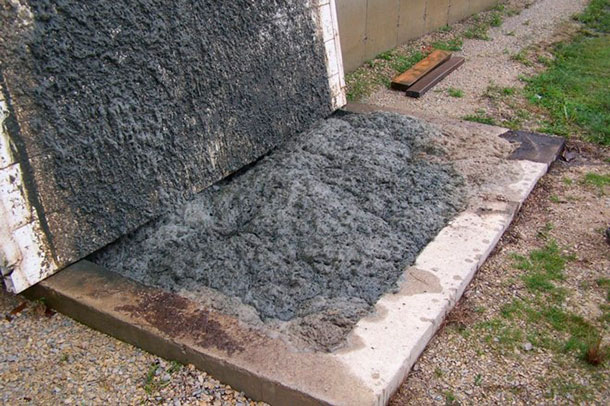
Figure 3. Foam up through the pump-out access port prior to field application.
Courtesy of Dr. Larry Jacobson and Dr. Chuck Clanton, University of Minnesota
Until a permanent solution is found, producers are cautioned to not agitate foam until all personnel have evacuated, no ignition sources remain, and that the barn is ventilated at a rate of at least 30 fresh-air exchanges per hour. The results from this research will be available summer 2016.
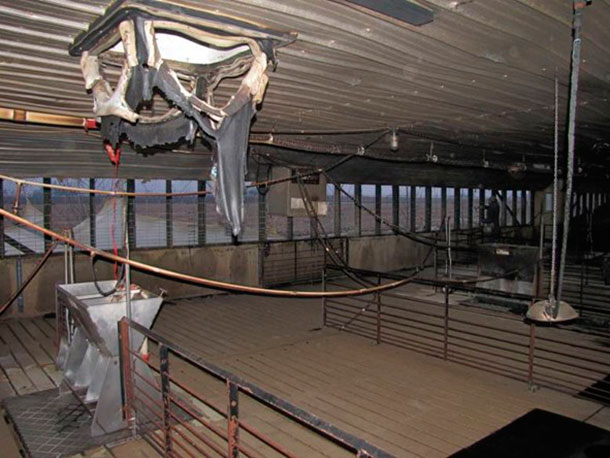
Figure 4. Inlet diffuser and sidewall curtain damage from flash fire.
Courtesy of Dr. Larry Jacobson and Dr. Chuck Clanton, University of Minnesota




